What is TPMS? Well, TPMS is short for Tire Pressure Monitoring System. This is a feature that has altered the dynamics of tire maintenance in recent times. How? Your vehicle’s TPMS system keeps tabs on the air pressure in your vehicle’s tire(s) and lets you know when it is too low for comfort. As such, it has made it much easier for manufacturers, drivers, and mechanics to get the most from vehicle tires; that’s why more people want to know how to program TPMS sensors. The TMPS system is comprised of sensors or pressure traducers that convey crucial information like air pressure, battery state, temperature, and sensor location to the vehicle’s computer.
When the TPMS system detects that your car tire(s) has become extremely low, it triggers a warning light on the dashboard. Ignoring this light increases the risks of patchy tire wear, poor brake performance, and, ultimately, reduced vehicle handling. To avoid this, you need to have functional TPMS sensors in your vehicle.
So if you want to know how to program tpms sensors Toyota, for instance, the information you need is in the rest of the article.
Since you are reading this article, the chances are high that you are looking to take the DIY approach to program your vehicle’s TPMS sensors. It might be challenging when you don’t know how but with the right tools and information, you will get the hang of it with time. How to activate new tpms sensor without a tool? That’s not the focus of this article. Instead, this article will show you how to program TPMS sensors using specialized tools. As for the information you need, here are some things you should know before programming your TPMS sensors.
Modern cars come with any of these types of TPMS systems: indirect and direct systems. The indirect system utilizes an ABS that records accurate tire pressure readings by monitoring the wheel speed. It can be found in some Asian and European car brands, so if you are looking for how to program tpms sensors honda, take note because you might need to perform a relearn procedure with this TPMS system.
On the other hand, direct TPMS systems utilize TPMS sensors situated inside the vehicle’s wheel. These sensors transmit the tire pressure data to the vehicle’s computer in real-time. You can find the direct TPMS system in European and Asian as well as American car brands. It is the TPMS system you will most likely encounter if you are interested in information on how to program tpms sensors Ford f150 or how to program tpms sensors BMW. However, you don’t need to be overly bothered with this because all you need is the right TPMS scan tool that can easily detect the type of TPMS system and show you how to go through with programming the TPMS sensors.
That said, here’s how to program your vehicle’s TPMS sensors.
This is the very first step on how to program tpms sensors Nissan. Programming your vehicle’s TPMS sensor is impossible without a TPMS programming and diagnostic tool that comes with updated software. Once the tool’s software is updated, you can take advantage of the regular manufacturer software updates that make the programming task more manageable.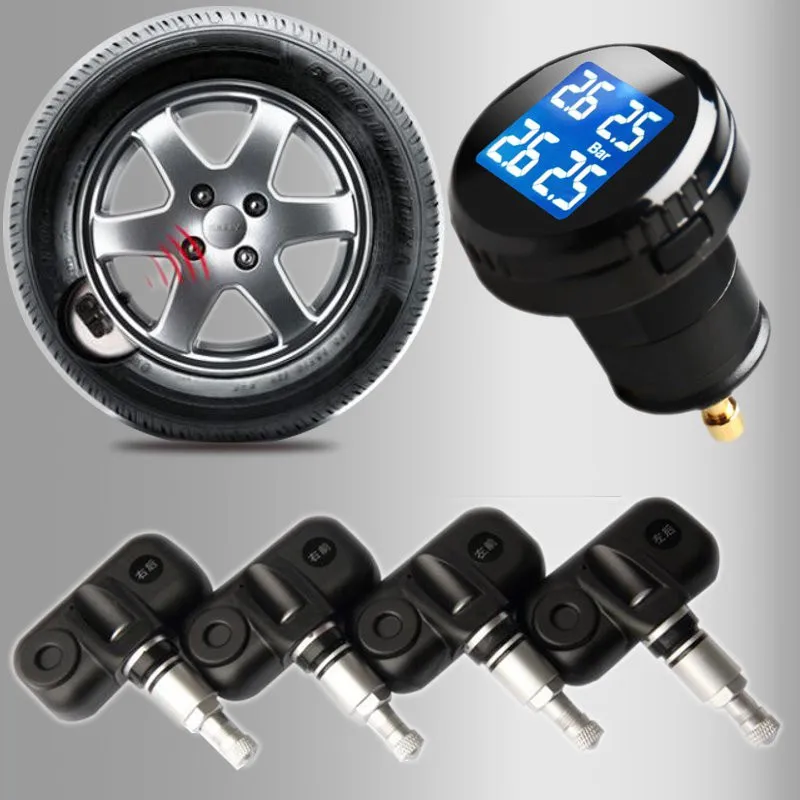
You probably saw the TPMS sensor light because one of the TPMS sensors on the wheel is blank or faulty. You will need to locate the sensor, and one of the best ways to do that is to use a TPMS scan tool. Finding the sensor will require you to scan each of the sensors’ IDs on the vehicle’s wheels. Take the time to scan wheel after wheel until you get the “no sensor detected” message from the tool. That lets you know the location of the sensor on the vehicle.
One thing to note if you want to know how to program tpms sensors Lexus is that each TPMS sensor comes with an ID number that is programmed into the vehicle’s computer. To get the ID number of the sensor, you might need to scan the car with the diagnostic tool. This enables you to access the ID numbers fed into the body control module or the TPMS module. Thus saving you time and allowing you to get the right ID sensor number. Without programming the right ID number on the TPMS sensor, you will be rendering it invalid as the vehicle’s TPMS system won’t detect it.
To program a new blank sensor, you will need to follow the program sensor menu steps on the TPMS programming tool you are using. Start by selecting the model and year of your vehicle on the tool. So if you were looking for how to program tpms sensors ford, for example, you should select Ford’s model and year. You then select the “Enter” option to proceed.
You will get several options after that stage, but you want to choose the “Copy Sensor” option. After doing this, you will get two options, but the one to select is the one that says “input ID”. You then follow the arrow on the tool to input the sensor ID number.
The next step is to fit the TPMS sensor into the programming tool. Ensure that the TPMS sensor is of the right frequency before you proceed. Depending on the programming tool you use, there should be pins in it that fit right into tiny holes in the TPMS sensor. Push the TPMS down until it latches into the pins and is firmly held in place. You then secure it with the safety latch. Once the sensor’s frequency matches that of the tool, the sensor is automatically programmed with the ID number. You can get some help from this YouTube Video.
You then secure it with the safety latch. Once the sensor’s frequency matches that of the tool, the sensor is automatically programmed with the ID number. You can get some help from this YouTube Video.
Yes, you can! All you need are the specialized tools and loads of relevant information on how to go about programming your vehicle’s TPMS. So if you have been planning on how to program tpms sensors Subaru without seeing a mechanic, rest assured. You can program your own TPMS. You just need the know-how.
That all depends on how you go about it. If you choose to get it done at a repair shop, the costs will depend on the store’s location and the kind of services offered there. For example, the cost of reprogramming the TPMS sensor at an upscale repair shop in New York will differ from the costs at an Alabama repair shop.
Then you might choose to go the DIY way. This option is arguably the cheaper option as you don’t get to pay a service charge. The things you will be paying for are the tools you use and probably the resources from where you got the necessary information on how to go about it.
Yes, you do. After you must have programmed the TPMS sensors, you will need to write a new TMPS sensor ID to the vehicle’s ECU. This process is known as a “relearn procedure” and can only be executed with a TPMS relearn tool.
Well, it depends on the TPMS sensors. For programmable or configurable sensors, yes. These sensors are designed to be programmed or cloned from an OEM or another aftermarket sensor before they can be used in a vehicle. Otherwise, they won’t be recognized by the vehicle’s TPMS system.
Multi-application TPMS sensors, on the other hand, do not need to be programmed because they already come with the programming necessary to work with the vehicle’s TPMS. These sensors help save time while reducing costs.
These sensors help save time while reducing costs.
Driving around in a vehicle with blank TPMS sensors is not the end of the world, but it could lead to avoidable situations.
One great feature that modern vehicles have is the TPMS reset button. This button allows vehicle owners and mechanics to reset the TPMS system easily. You can find the TPMS reset button beneath the steering wheel for most vehicles. However, if you cannot find it there, try looking up the vehicle’s owner’s manual.
Tire pressure monitoring systems (TPMS) have saved many motorists from unnecessary costs and vehicular accidents. A functional TPMS system will alert a driver when the tires have less than optimal tire pressure. This protects the tires from blowing out and causing any complications that might lead to a vehicular accident. That is why your vehicle’s TPMS system must always be working. The TPMS sensors have to be programmed to ensure this, or the vehicle’s computer will not detect them. This means that you don’t get to know when your tire(s) is under-inflated.
This means that you don’t get to know when your tire(s) is under-inflated.
The best part about servicing TPMS sensors is that you can do it yourself and save some money. You just need the right parts, the right tools, and the right information. There are loads of online and offline stores to get the right parts and tools. You can get the right information on how to program tpms sensors from reading articles like this one on the internet.
Read More:
Do you know what your vehicle’s tire pressure monitoring system (TPMS) warning light looks like or what it means? You’re not alone if you’re not quite sure. In fact, in a study by Goodyear and Just Tires involving more than 1,000 U.S drivers, 39% of overall drivers and 49% of younger drivers did not recognize the TPMS warning symbol.
This TPMS system electronically tracks the status of your tire’s air pressure and will alert you when the pressure is not at a sufficient level. The symbol looks like an upright horseshoe with grooves at the bottom and an exclamation point in the middle.
Because of a federal mandate, all passenger cars from at least the model year 2008 and after (and many before 2008) have a TPMS. Depending on the make and model of your vehicle, this system monitors the tire pressure either by your vehicle’s ABS or a battery-powered TPMS sensor mounted in the tire or on the wheel.
Two Types of Tire Pressure SensorsWhen it comes to the tire pressure sensor your TPMS may use, there are two types—direct and indirect. A direct TPMS receives data from air pressure sensors inside each of your tires, while an indirect TPMS relies on data from speed sensors on the wheels to determine the air pressure levels of your tires.
Why This System is So ImportantA properly working TPMS plays a vital role in ensuring that your vehicle is operating properly and the safety of you and your passengers inside. It will also help you save money by helping to extend the life of your tires and maintain optimal fuel economy.
It will also help you save money by helping to extend the life of your tires and maintain optimal fuel economy.
Some specific benefits of a properly functioning TPMS include:
When you have a tire that is not properly inflated, you have a safety hazard on your hands, for several reasons. If the tire pressure is too low, the tire can heat up very quickly and the tread will be worn down much faster. The excess heat can actually break down the tread and lead to a blowout and possibly an accident. Alternatively, if a tire is overinflated it can bounce easily, causing it to lose traction.
As you can see, a properly functioning TPMS and properly inflated tires are vital. That is why it is recommended that you pay attention to the system and heed any warnings that may pop up.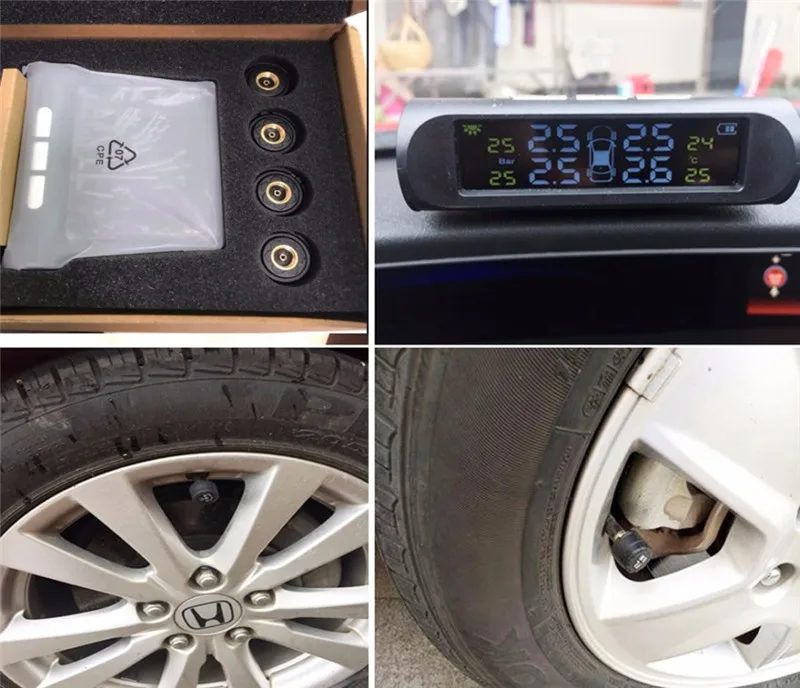
Request a Quote
A TPMS Sensor Will Not Last Forever
The tire pressure sensors that the TPMS rely on are powered by an internal battery. But, these batteries don’t last forever. Typically, they have a five- to 10-year life (averaging seven years). The batteries in most TPMS sensors are not removable, so if the battery dies the entire sensor must be replaced.
To Replace or Not to Replace Sensors When Getting New TiresWhen you are getting new tires, you don’t always need to replace your TPMS sensors. But, if the sensors are more than a few years old, it’s often convenient to replace them because older sensors might not last as long as your new tires. Many people prefer to replace the sensors when the new tires are installed to avoid the hassle of replacing them mid-way through the tires’ lifecycle.
Our ASE-certified technicians can help you determine whether your TPMS sensors should be replaced or not, and if needed we can properly install new ones for you.
Your tire pressure monitoring system should always be reset after replacing or rotating tires, or after new sensors are installed. Some sensor manufacturers even recommend resetting the system after adding air to the tires. Many describe resetting the TPMS as “retraining” the system by teaching it to pick up the sensors in their new positions.
Depending on the specific vehicle, the TPMS reset procedure can consist of a sequence of pedal and ignition movements, changing a setting in the dashboard menu, or using a TPMS Reset tool.
Your vehicle owner’s manual will detail how to reset your TPMS after tire service. If you don’t want to do it yourself, our technicians will gladly do this for you.
When You Should Have Your TPMS System CheckedIf you have a tire that is low on pressure or your TPMS warning light illuminates on your dashboard, bring your vehicle to your closest Tate Boys location so we can check the tire and your TPMS.
The light came on and has stayed on: This usually means a tire is under-inflated and the tire pressure has dropped 25% or more below the manufacturer’s recommended level. This is usually an easy fix. You can either add air to your tire yourself (make sure to monitor the tire pressure) or stop by your closest Tate Boys location and we can ensure your tire is properly inflated.
The light flashes or slowly blinks on and off: This usually indicates a malfunction in the TPMS and should be repaired ASAP. It could be that a sensor has failed or another problem in the system.
Pro Tips:
If you’ve added more air to your tires and used a tire pressure gauge to ensure they are properly inflated, there are several possible reasons for the light to still be on:
A certified professional should be the only person you trust the safety of your car to. A trusted tire expert will have the latest tools, equipment, and expertise to service the TPMS on your vehicle.
When your TPMS alerts you to a problem, you can trust the professionals at Tate Boys. Our ASE-certified technicians are equipped for the job and will do it right the first time.
During our TPMS service, our technicians will:
If we find that your system is not working at all, we’ll go over our recommended solution with you.
If you have any questions about your TPMS, contact your closest Tate Boys location today! We are happy to help and can discuss your TPMS with you.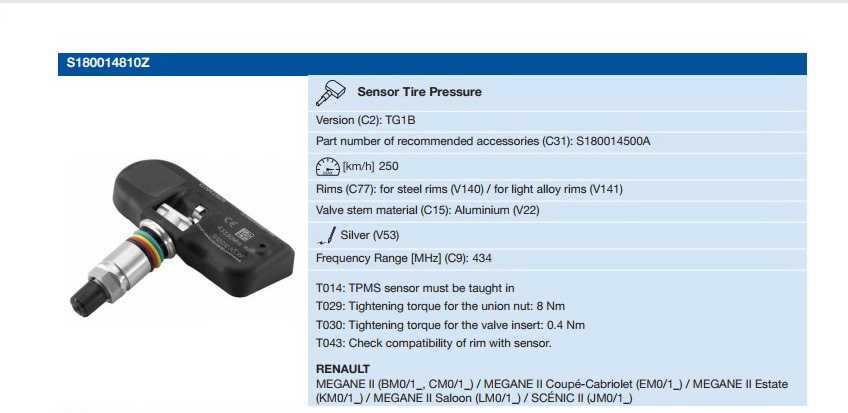 We can properly analyze your TPMS, make the necessary repairs, and get you back on the road quickly and safely.
We can properly analyze your TPMS, make the necessary repairs, and get you back on the road quickly and safely.
Request a Quote
TPMS equipment is a useful option that is equipped with modern cars. TPMS monitors the tire pressure and signals the change in the parameter to the on-board computer.
If such equipment is installed on your car, this is not an obstacle to fast and high-quality tire fitting. But it is difficult to cope with this task on your own, since the use of specialized equipment is required. To the question of how to tire with pressure sensors, the answer is simple - visit Tuningberg LLC, where experienced craftsmen will perform the work in the shortest possible time. Our mechanics visually determine the presence of control equipment, but it is safer to warn about the gadget in advance, since the sensors are very fragile and prone to breakage.
Control and measuring devices are made of two types: external and internal.
When replacing wheels, increased accuracy is required, which will be provided by our masters.
The installed pressure sensor is not a serious obstacle, but requires precautions when mounting or dismantling the rubber.

During the process, it is unacceptable to apply external influence to the device. From the description it is clear that it is impossible to carry out work without having the skills and without the use of specialized equipment.
If your car is equipped with such equipment, be sure to contact a car service to reinstall seasonal tires. The question arises whether it is possible to install devices on both sets of wheels and replace them yourself. No, it causes difficulties.
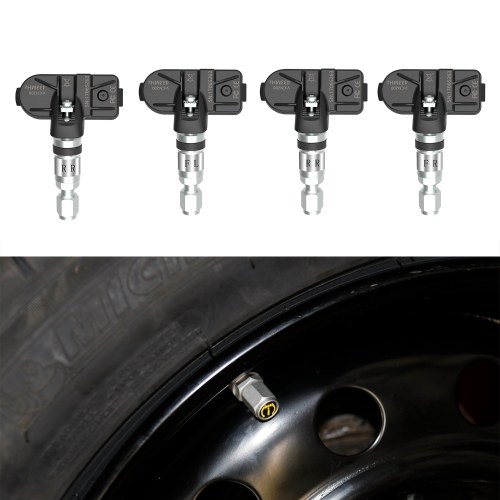
After installing the wheels, the computer does not perceive the signal, and this is normal, since the cars standing nearby will transmit information that does not correspond to reality, therefore, recoding of the control equipment is required. This operation is carried out quickly:
After that, the circuit returns to normal and functions properly.
Our company employs qualified mechanics with extensive experience in tire fitting of wheels equipped with pressure sensors. They use modern high-tech equipment and follow the recommended work steps exactly. As a result, our customers are protected from marriage and breakdowns.
As a result, our customers are protected from marriage and breakdowns.
Independent work can lead to malfunctions of complex equipment, the elimination of which will require time and additional costs.
Call and come. The employees of Tuningberg Ltd. are ready to cope with the most difficult problem. Our company is a reliable and responsible partner.
array ( [ID] => 59[~ID] => 59 [IBLOCK_ID] => 6 [~IBLOCK_ID] => 6 [NAME] => How to tire change tires with pressure sensors [~NAME] => How to tire change tires with pressure sensors [PREVIEW_TEXT] =>
Installed tire pressure sensors can complicate self-mounting tires, as the whole procedure for changing tires will change a little. In this article, you will learn how professionals carry out tire fitting of wheels with pressure sensors and what nuances you should pay attention to. And also why it is better to turn to professionals, and not try to do it yourself.
In this article, you will learn how professionals carry out tire fitting of wheels with pressure sensors and what nuances you should pay attention to. And also why it is better to turn to professionals, and not try to do it yourself.
[~PREVIEW_TEXT] =>
Installed tire pressure sensors can complicate self-mounting tires, as the whole procedure for changing tires will change a little. In this article, you will learn how professionals carry out tire fitting of wheels with pressure sensors and what nuances you should pay attention to. And also why it is better to turn to professionals, and not try to do it yourself.
[PREVIEW_PICTURE] => 604 [~PREVIEW_PICTURE] => 604 [DATE_CREATE] => 19.10.2020 18:50:49 [~DATE_CREATE] => 10/19/2020 18:50:49 [DATE_ACTIVE_FROM] => 01/08/2021 19:37:00 [~DATE_ACTIVE_FROM] => 01/08/2021 19:37:00 [PREVIEW_TEXT_TYPE] => html [~PREVIEW_TEXT_TYPE] => html )
Please enable JavaScript in your browser to display pages properly.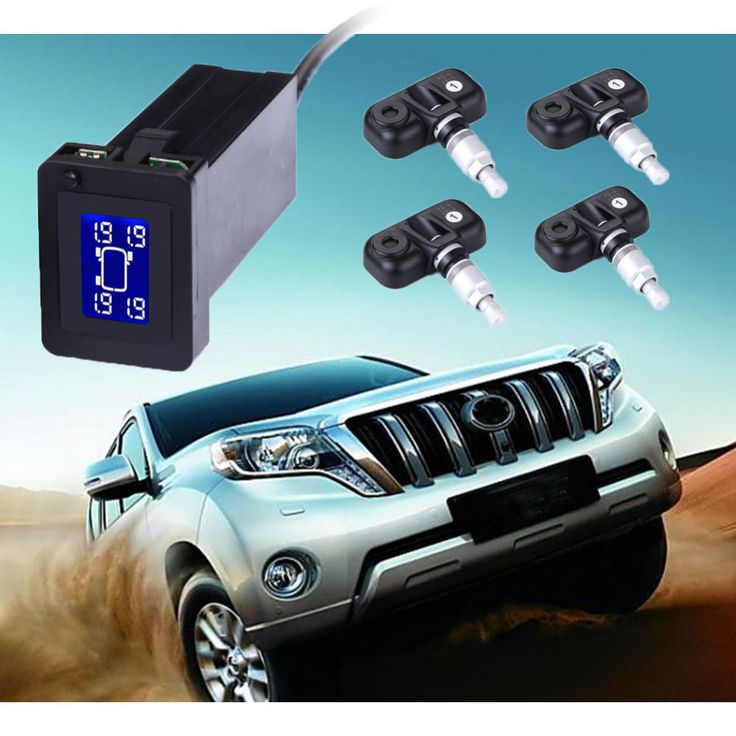
8 (800) 707-65-40
Request a call
Remind password
Personal account
New customer
5 + 1 =I hereby confirm that I have read and agree to the terms of the privacy policy and consent to the processing of my personal data. Learn more
Request a call
Leave your phone number and a convenient time to call, and we will call you back
Shopul. Komsomolskoye highway, 3b st. Business, 7st. Vaneeva, 209Aul. Golubeva, 7 st. Karl Marx, 60 vul. Comintern, 39, room 1st. Generala Ivlieva, house 24Aul. Fuchik, 36, Perekhodnikova st., 28/1 st. Dyakonova, 2 r. Gaugelya 2A/2pr. Gagarina, 37b 1 + 8 = I hereby confirm that I have read and agree to the terms of the privacy policy and consent to the processing of my personal data.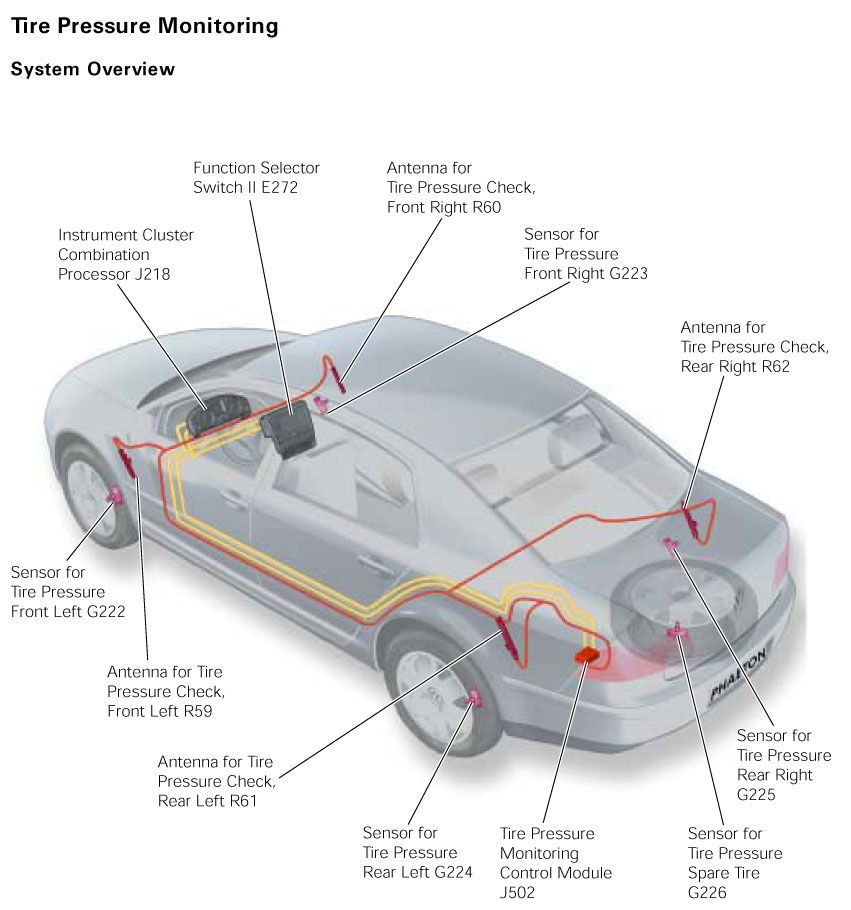 Learn more
Learn more
Dear clients, we are glad to present you our new services!
Sale, installation, cloning and flashing of unique programmable tire pressure sensors.
Tire pressure sensor - a device for directly measuring the pressure and temperature of the air in the tires of a car. The tire pressure readings are transmitted by the sensors to the indicators on the side panel, with a critical change in the readings, an alarm signal is transmitted.
Car enthusiasts and professional drivers are convinced that the installation of tire pressure sensors helps prevent accidents, tire and body wear, and reduce fuel consumption. You can install a tire pressure sensor yourself, but a specialist must perform its initial registration in the on-board computer.
KOLOBOX Group offers unique services for the selection, installation and registration of tire pressure sensors from manufacturers:
Uni Sensor
Autel
All tire pressure sensors have their own unique code/ID.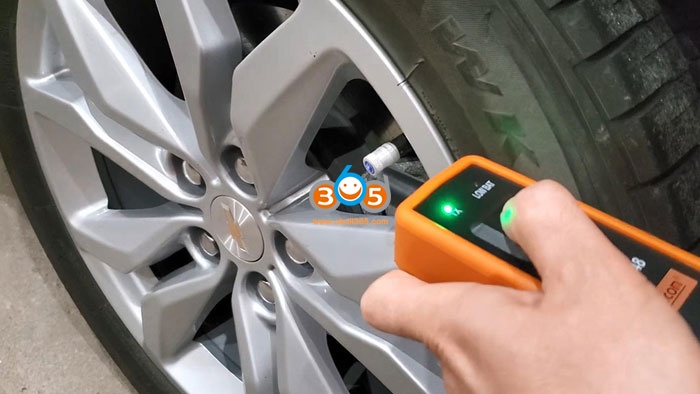 On American, Japanese and Korean cars equipped with a standard TPMS system, only one set (4 sensors) can be registered in the on-board computer. Based on this, having two sets of wheels, you will have to contact an authorized dealer for each seasonal wheel change to bind them.
On American, Japanese and Korean cars equipped with a standard TPMS system, only one set (4 sensors) can be registered in the on-board computer. Based on this, having two sets of wheels, you will have to contact an authorized dealer for each seasonal wheel change to bind them.
Using special equipment, we can make copies of sensors identical to your original sensors, the system will not notice the substitution.
With the help of special equipment, without disassembling or removing your wheels with original sensors / sensors, the codes / ID of the original sensors are read, then this ID is written into our programmable sensors, clones of the originals are obtained, which the car perceives as its own.
Also, the ID can be read from the on-board computer of the car using the diagnostic connector. Our system allows you to manufacture and prescribe both a set of sensors and one sensor
When driving, keep in mind that tire temperatures may rise, especially in summer.